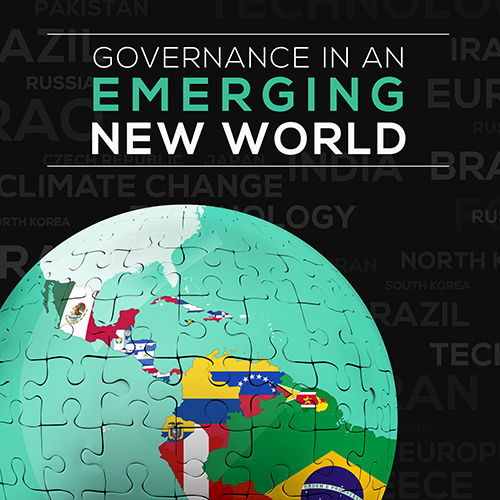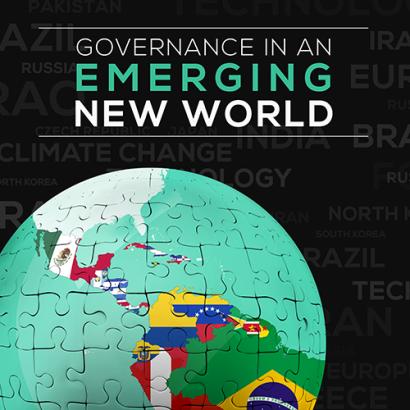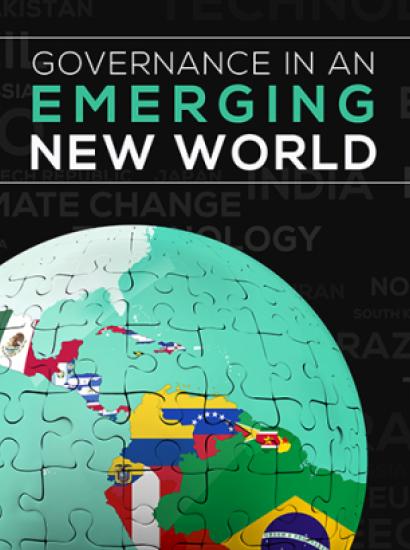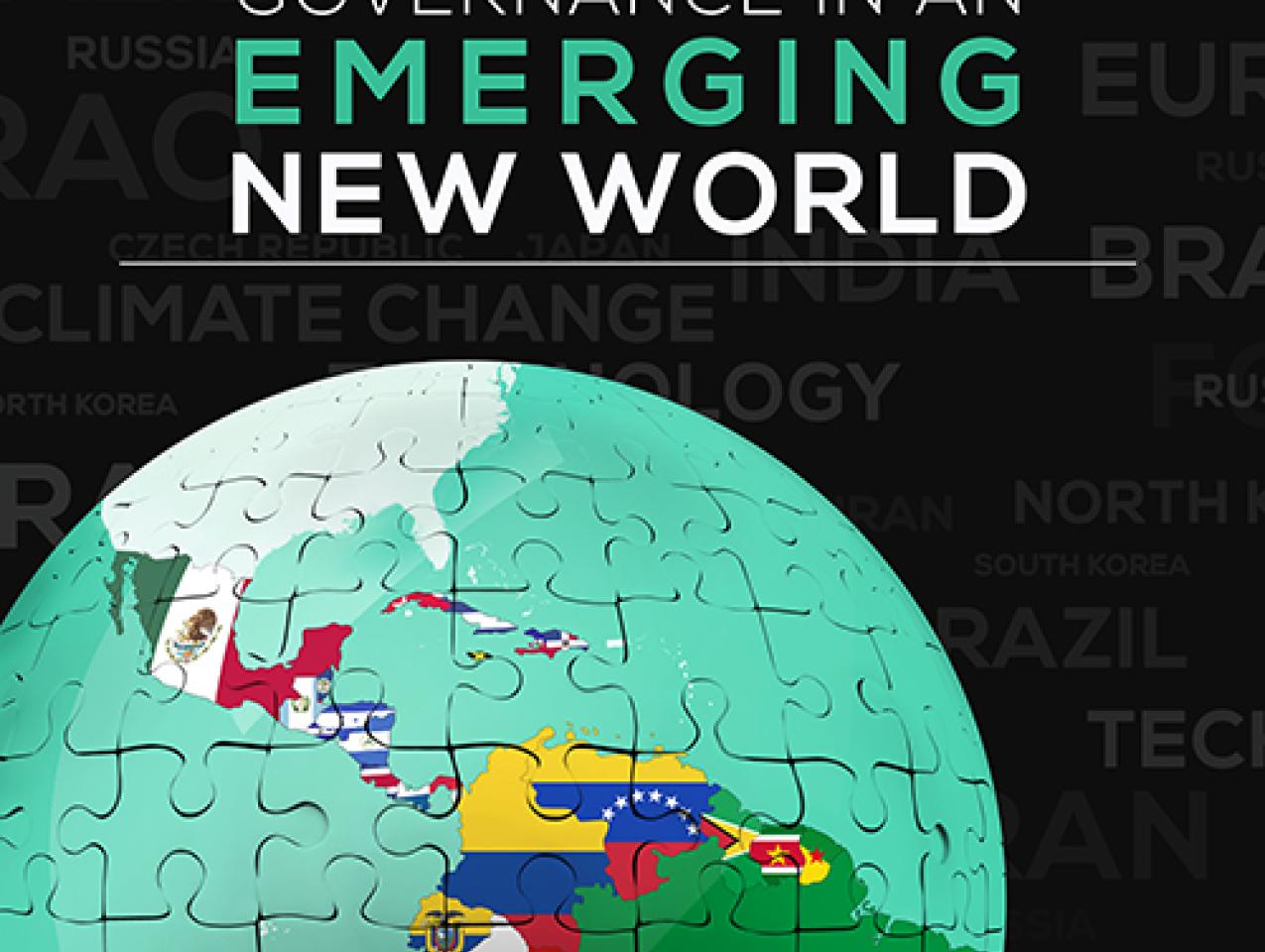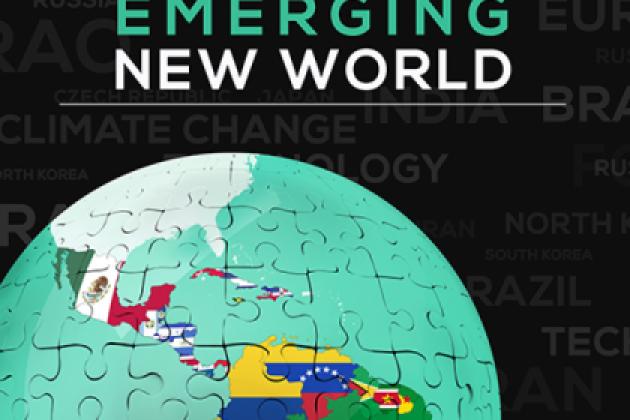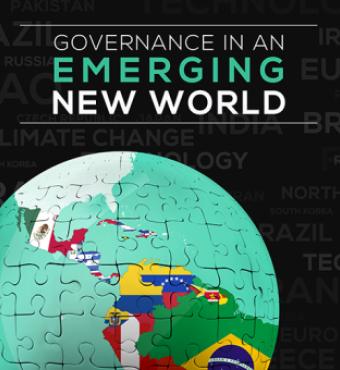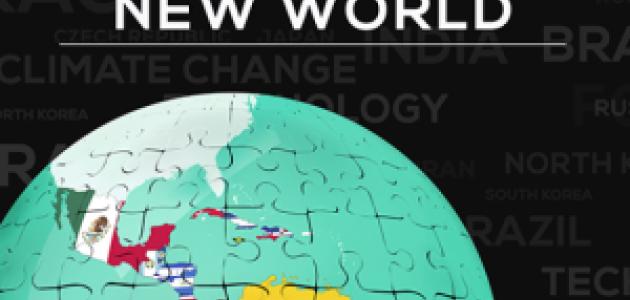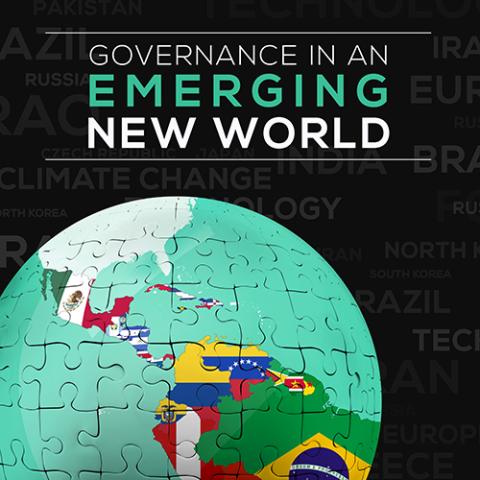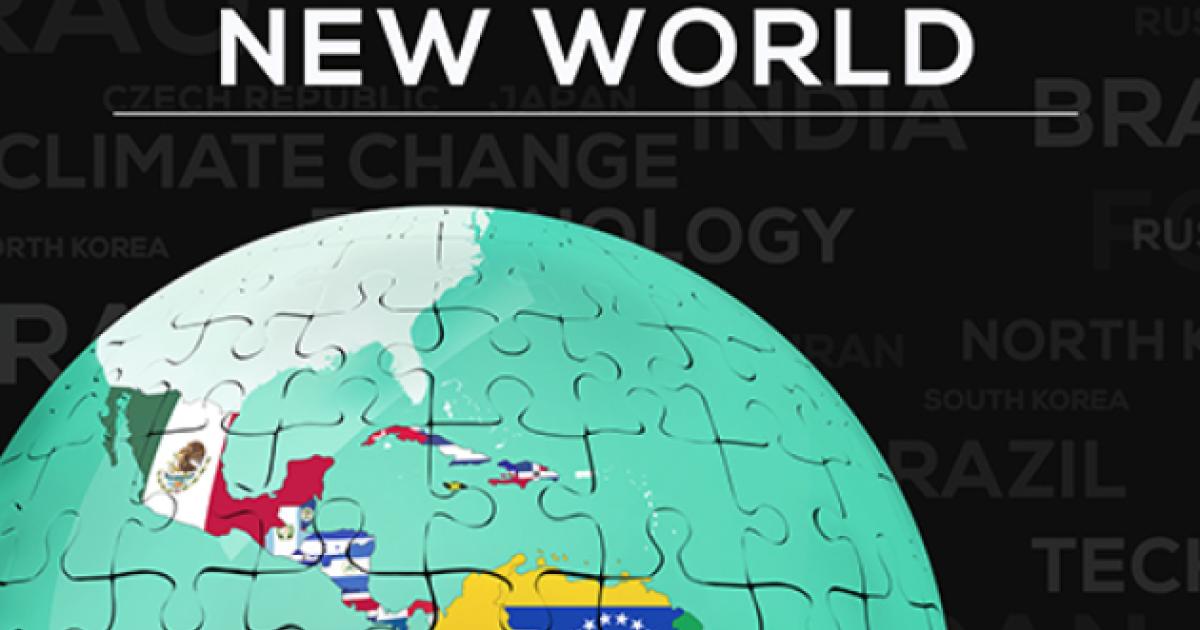Sharp changes are afoot throughout the globe. Demographics are shifting, technology is advancing at unprecedented rates, and these changes are being felt everywhere.
How should we develop strategies to deal with this emerging new world? We can begin by understanding it.
First, there is the changing composition of the world population, which will have a profound impact on societies. Developed countries are experiencing falling fertility and increasing life expectancy. As working-age populations shrink and pensions and care costs for the elderly rise, it becomes harder for governments to afford other productive investments.
At the same time, high fertility rates in Africa and South Asia are causing both working-age and total populations to grow, but that growth outpaces economic performance. And alongside a changing climate, these parts of the world already face growing impacts from natural disasters, human and agricultural diseases, and other resource constraints.
Taken together, we are seeing a global movement of peoples, matching the transformative movement of goods and of capital in recent decades—and encouraging a populist turn in world politics.
Second is automation and artificial intelligence. In the last century, machines performed as instructed, and that “third industrial revolution” completely changed patterns of work, notably in manufacturing. But machines can now be designed to learn from experience, by trial and error. Technology will improve productivity, but workplace disruption will accelerate—felt not only by call center responders and truck drivers but also by accountants, by radiologists and lawyers, even by computer programmers.
All history displays this process of change. What is different today is the speed. In the early 20th century, American farm workers fell from half the population to less than five percent alongside the mechanization of agriculture. Our K-12 education systems helped to navigate this disruption by making sure the next generation could grow up capable of leaving the farm and becoming productive urban workers. With the speed of artificial intelligence, it’s not just the children of displaced workers but the workers themselves who will need a fresh start.
Underlying the urgency of this task is the reality that there are now 6.9 million “unfilled jobs” in America. Filling them and transitioning workers displaced by advancing technology to new jobs will test both education (particularly K-12, where the United States continues to fall behind) and flexibility of workers to pursue new occupations. Clearly, community colleges and similarly nimble institutions can help.
The third trend is fundamental change in the technological means of production, which allows goods to be produced near where they will be used and may unsettle the international order. More sophisticated use of robotics alongside human colleagues, plus additive manufacturing and unexpected changes in the distribution of energy supplies, have implications for our security and our economy as well as those of many other trade-oriented nations who may face a new and unexpected form of deglobalization.
This ability to produce customized goods in smaller quantities cheaply may, for example, lead to a gradual loss of cost-of-labor advantages. Today, 68 percent of Bangladeshi women work in sewing, and 4.5 million Vietnamese work in clothing production. Localized advanced manufacturing could block this traditional route to industrialization and economic development. Robots have been around for years, but robotics on a grand scale is just getting started: China today is the world’s biggest buyer of robots but has only 49 per 10,000 workers; South Korea has 531.
These advances also diffuse military power. Ubiquitous sensors, inexpensive and autonomous drones, nanoexplosives, and cheaper access to space through microsatellites all empower smaller states and even individuals, closing the gap between incumbent powers like the United States and prospective challengers. The proliferation of low-cost, high-performance weaponry enabled by advances in navigation and additive manufacturing diminishes the once-paramount powers of conventional military assets like aircraft carriers and fighter jets. This is a new global challenge, and it threatens to undermine U.S. global military dominance, unless we can harness the new technologies to serve our own purposes. As we conduct ourselves throughout the world, we need to be cognizant that our words and deeds are not revealed to be backed by empty threats. At the same time, we face the challenge of proliferation of nuclear weapons.
Finally, the information and communications revolution is making governance everywhere more difficult. An analogue is the introduction of the printing press: as the price of that technology declined by 99 percent, the volume grew exponentially. But that process took ten times longer in the 15th, 16th, and 17th centuries than we see today. Information is everywhere—some accurate, some inaccurate, such that entire categories of news or intelligence appear less trustworthy. The “population” of Facebook now exceeds the population of the largest nation state. We have ceaseless and instantaneous communication to everybody, anybody, at any time. These tools can be used to enlighten, and they can also be used to distort, intimidate, divide, and oppress.
On the one hand, autocrats increasingly are empowered by this electronic revolution, enabled to manipulate technologies to solidify their rule in ways far beyond their fondest dreams in times past. Yet individuals can now reach others with similar concerns around the earth. People can easily discover what is going on, organize around it, and take collective action.
At present, many countries seek to govern over diversity by attempting to suppress it, which exacerbates the problem by reducing trust in institutions. Elsewhere we see governments unable to lead, trapped in short-term reactions to the vocal interests that most effectively capture democratic infrastructures. Both approaches are untenable. The problem of governing over diversity has taken on new dimensions.
The good news is that the United States is remarkably well-positioned to ride this wave of change if we are careful and deliberate about it. Meanwhile, other countries will face these common challenges in their own way, shaped by their own capabilities and vulnerabilities. Many of the world’s strongest nations today—our allies and otherwise—will struggle more than we will. The more we can understand other countries’ situations, the stronger our foundation for constructive international engagement.
This is why we have set off on this new project on Governance in an Emerging New World. Our friend Senator Sam Nunn has said that we’ve got to have a balance between optimism about what we can do with technology and realism about the dark side. So we aim to understand these changes and inform strategies that both address the challenges and take advantage of the opportunities afforded by these transformations.
To do so, we are convening a series of papers and meetings examining how these technological, demographic, and societal changes are affecting the United States (our democracy, our economy, and our national security) and countries and regions around the world, including Russia, China, Latin America, Africa, and Europe.
***
Foreign policy starts in the neighborhood. The three papers included in this volume take on the challenge of trying to understand the changing Latin American landscape through the lens of underlying demographic and technological trends. And they suggest new insights for how the United States may usefully engage in the region as it navigates similar forces of history. On demographics, workforces in Mexico, Central America, and South America continue to expand, for many countries at rates well above the global average. But changes are underway, with the current rate of workforce expansion in Mexico, for example, already half what it was 20 years ago, and trending towards no growth by mid-century. What will be the domestic labor, governance, and international migration implications of this dramatic break with historical norms? In our first paper, Victor García Guerrero, Silvia Giorguli-Saucedo, and Claudia Masferrer of El Colegio de México in Mexico City (COLMEX) update their previous report on the demographic and migration histories of Mexico and the Northern Triangle of Central America (“A Migration System in the Making,” 2016). Their new essay observes how population dynamics point to Mexico stabilizing as a net-neutral international migration country, but also to continued or even rising rates of youth emigration from Central America through Mexico towards the United States given poor conditions in the region. Responding to this change will mean new policy choices for our southern neighbor.
Our next paper takes on this very issue of Central American living conditions. Former Guatemalan minister of the economy and of public finance Richard Aitkenhead and technology entrepreneur Ben Sywulka look at the specific conditions of Central American counties to ask what opportunities 21st century technologies may offer in this region of generally weak governments, poor institutions, and underdeveloped labor markets. They argue that digital mobile platforms that efficiently connect workers to those demanding goods and services offer the chance to leapfrog institutional development, broaden labor participation, and reduce the informal sector. It is an optimistic vision of how a region that is not at the forefront of underlying technological advances may nonetheless be able to adapt these tools to local circumstances, with dramatic impact. We hope that creative efforts such as these to use new technologies to overcome the stubborn working and living conditions of the people of Central America, particularly the troubled Northern Triangle, can be successful.
This volume concludes with a piece by Hoover visiting fellow and Chilean politician Ernesto Silva’s observations on the historical roots of and current trends in governance of Latin America, particularly South American states. Silva decries the tendency for electorates to fall back on “strong man” caudillos over sustainable institutional reform and development, and he wonders how a growing, politically-moderate consuming middle class across many Latin American countries will intersect with the dramatic adoption of digital communications and social media, which offer a direct connection from politician to citizen. Can these tools be used to improve governance, and lead to economic growth and better living conditions, or will they be limited to popular appeals during elections?
As always, we ask what can citizens, organizations, and governments across the region—and in the United States—do to help take advantage of these emerging transformational opportunities while avoiding potential pitfalls? We look forward to the discussion and we thank our colleagues and community at the Hoover Institution who have supported this project, particularly Shana Farley and Rachel Moltz for their work in assembling this volume.







